Teams have looked for a “fifth force” in the universe within the Earth’s mantle, ultra-vacuum chambers, and in hypothetical particles such as “X17.” Finding it could help explain mysteries around dark matter and dark energy.


This could usher in higgs exotic physics computing that is beyond even quantum computers.
When a continuous symmetry of a physical system is spontaneously broken, two types of collective modes typically emerge: the amplitude and phase modes of the order-parameter fluctuation. For superconductors, the amplitude mode is recently referred to as the ‘’Higgs mode’’ as it is a condensed-matter analogue of a Higgs boson in particle physics. Higgs mode is a scalar excitation of the order parameter, distinct from charge or spin fluctuations, and thus does not couple to electromagnetic fields linearly. This is why the Higgs mode in superconductors has evaded experimental observations over a half century after the initial theoretical prediction, except for a charge-density-wave coexisting system.

Circa 2018
Higgs and Goldstone modes are possible collective modes of an order parameter on spontaneously breaking a continuous symmetry. Whereas the low-energy Goldstone (phase) mode is always stable, additional symmetries are required to prevent the Higgs (amplitude) mode from rapidly decaying into low-energy excitations. In high-energy physics, where the Higgs boson1 has been found after a decades-long search, the stability is ensured by Lorentz invariance. In the realm of condensed-matter physics, particle–hole symmetry can play this role2 and a Higgs mode has been observed in weakly interacting superconductors3,4,5. However, whether the Higgs mode is also stable for strongly correlated superconductors in which particle–hole symmetry is not precisely fulfilled or whether this mode becomes overdamped has been the subject of numerous discussions6,7,8,9,10,11. Experimental evidence is still lacking, in particular owing to the difficulty of exciting the Higgs mode directly. Here, we observe the Higgs mode in a strongly interacting superfluid Fermi gas. By inducing a periodic modulation of the amplitude of the superconducting order parameter Δ, we observe an excitation resonance at the frequency 2Δ/h. For strong coupling, the peak width broadens and eventually the mode disappears when the Cooper pairs turn into tightly bound dimers signalling the eventual instability of the Higgs mode.
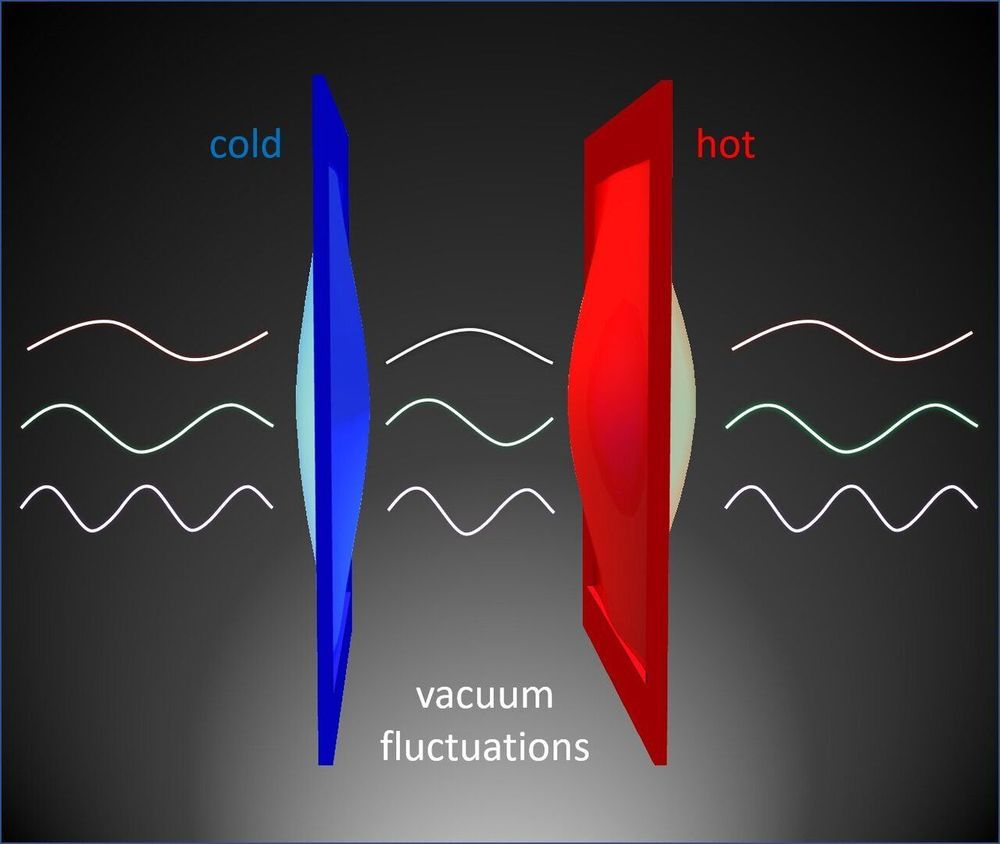
If you use a vacuum-insulated thermos to help keep your coffee hot, you may know it’s a good insulator because heat energy has a hard time moving through empty space. Vibrations of atoms or molecules, which carry thermal energy, simply can’t travel if there are no atoms or molecules around.
But a new study by researchers at the University of California, Berkeley, shows how the weirdness of quantum mechanics can turn even this basic tenet of classical physics on its head.
The study, appearing this week in the journal Nature, shows that heat energy can leap across a few hundred nanometers of a complete vacuum, thanks to a quantum mechanical phenomenon called the Casimir interaction.
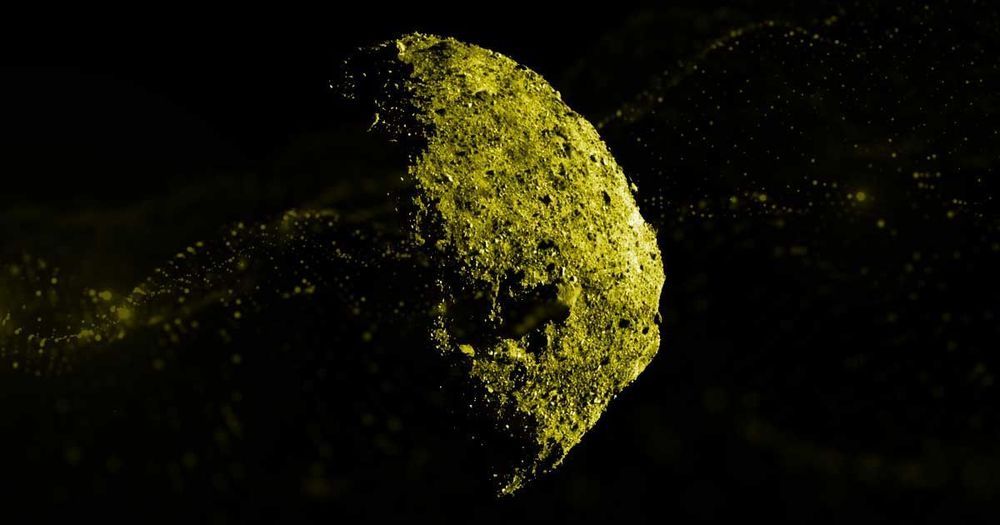
No one has ever seen an active asteroid up close like this.
“Among Bennu’s many surprises, the particle ejections sparked our curiosity, and we’ve spent the last several months investigating this mystery,” Dante Lauretta, OSIRIS-REx principal investigator at the University of Arizona, Tucson, said in a statement. “This is a great opportunity to expand our knowledge of how asteroids behave.”
The researchers are trying to figure out what is causing these “ejection events.”
“No one has ever seen an active asteroid up close like this,” Carl Hergenrother, an astronomer at the University of Arizona, told Wired. “It wasn’t that long ago that the conventional wisdom was that asteroids are these dead bodies that didn’t change very much.”
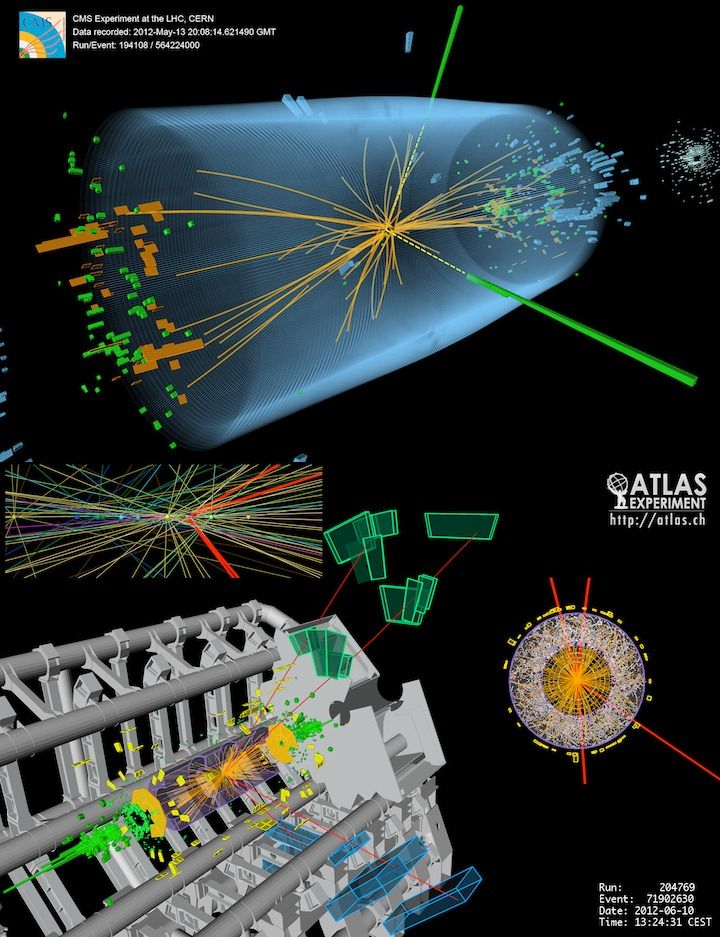
The Higgs boson is an elementary particle in the Standard Model of particle physics, produced by the quantum excitation of the Higgs field,[8][9] one of the fields in particle physics theory.[9] It is named after physicist Peter Higgs, who in 1964, along with five other scientists, proposed the Higgs mechanism to explain why particles have mass. This mechanism implies the existence of the Higgs boson. The boson’s existence was confirmed in 2012 by the ATLAS and CMS collaborations based on collisions in the LHC at CERN.
On December 10, 2013, two of the physicists, Peter Higgs and François Englert, were awarded the Nobel Prize in Physics for their theoretical predictions. Although Higgs’s name has come to be associated with this theory (the Higgs mechanism), several researchers between about 1960 and 1972 independently developed different parts of it.
In mainstream media the Higgs boson has often been called the “God particle”, from a 1993 book on the topic,[10] although the nickname is strongly disliked by many physicists, including Higgs himself, who regard it as sensationalism.[11][12].
Quantum field theory doesn’t get much coverage in popular science and if you open any textbook on the subject you’ll see why. It looks like an unholy crossbreed between quantum physics in a bad mood and every button you never push on a calculator. The idea of summarising it in 1,500 words or less for this article sounded daunting at first (it took a whole chapter to cover it in my recent book) but then again if I really did have to present it to a jury of aliens I wouldn’t have a choice.
Therefore, your honour, I request that you give me five minutes of your intergalactic attention. My presentation may not feature Jason Statham roundhouse kicking a shark in the eyeball, but I am going to try and justify the continued existence of the human race. Here goes…
Any object can be described in terms of its constituent particles and any event can be described in terms of how those particles interact. The more we know about how particles behave, the more phenomena we can explain. That’s the goal of quantum physics; to learn all the fundamental laws of particles and use them to understand everything.
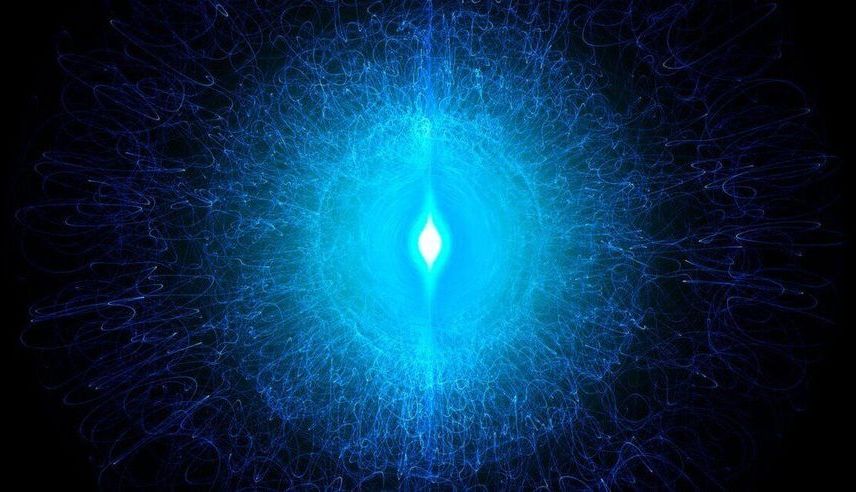
A team of scientists in Hungary recently published a paper that hints at the existence of a previously unknown subatomic particle. The team first reported finding traces of the particle in 2016, and they now report more traces in a different experiment.
If the results are confirmed, the so-called X17 particle could help to explain dark matter, the mysterious substance scientists believe accounts for more than 80% of the mass in the universe. It may be the carrier of a “fifth force” beyond the four accounted for in the standard model of physics (gravity, electromagnetism, the weak nuclear force and the strong nuclear force).
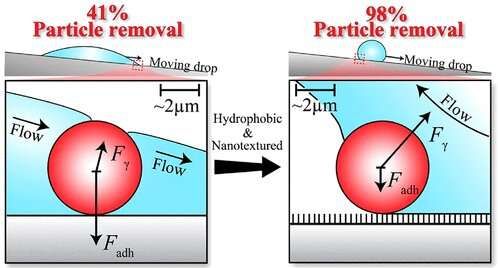
Taking a cue from the self-cleaning properties of the lotus leaf, researchers at Ben-Gurion University of the Negev have shed new light on microscopic forces and mechanisms that can be optimized to remove dust from solar panels to maintain efficiency and light absorption. The new technique removed 98 percent of dust particles.
In a new study published in Langmuir, the researchers confirmed that modifying the surface properties of solar panels may greatly reduce the amount of dust remaining on the surface, and significantly increase the potential of solar energy harvesting applications in the desert.
Dust adhesion on solar panels is a major challenge to energy harvesting through photovoltaic cells and solar thermal collectors. New solutions are necessary to maintain maximum collection efficiency in high dust density areas such as the Negev desert in Israel.
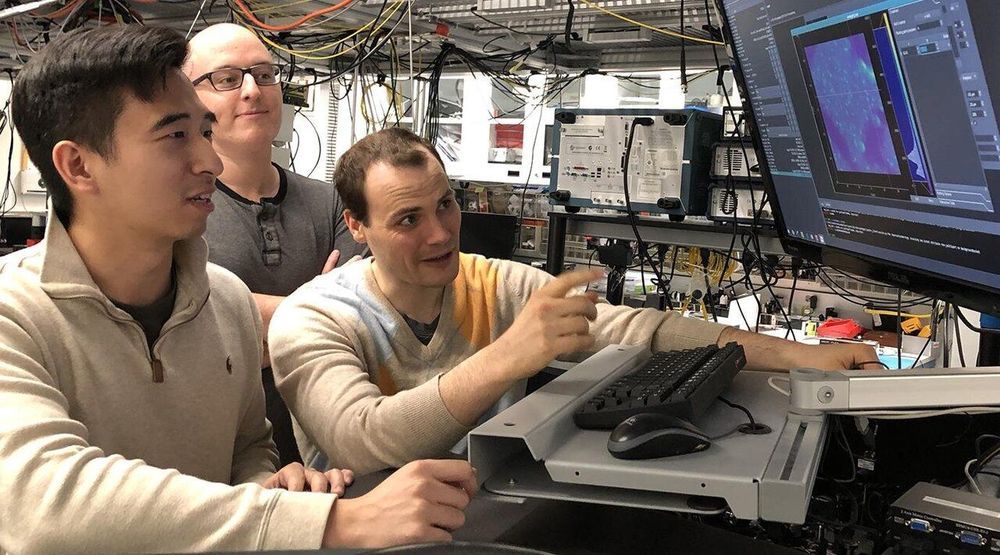
After decades of miniaturization, the electronic components we’ve relied on for computers and modern technologies are now starting to reach fundamental limits. Faced with this challenge, engineers and scientists around the world are turning toward a radically new paradigm: quantum information technologies.
Quantum technology, which harnesses the strange rules that govern particles at the atomic level, is normally thought of as much too delicate to coexist with the electronics we use every day in phones, laptops and cars. However, scientists with the University of Chicago’s Pritzker School of Molecular Engineering announced a significant breakthrough: Quantum states can be integrated and controlled in commonly used electronic devices made from silicon carbide.
“The ability to create and control high-performance quantum bits in commercial electronics was a surprise,” said lead investigator David Awschalom, the Liew Family Professor in Molecular Engineering at UChicago and a pioneer in quantum technology. “These discoveries have changed the way we think about developing quantum technologies—perhaps we can find a way to use today’s electronics to build quantum devices.”